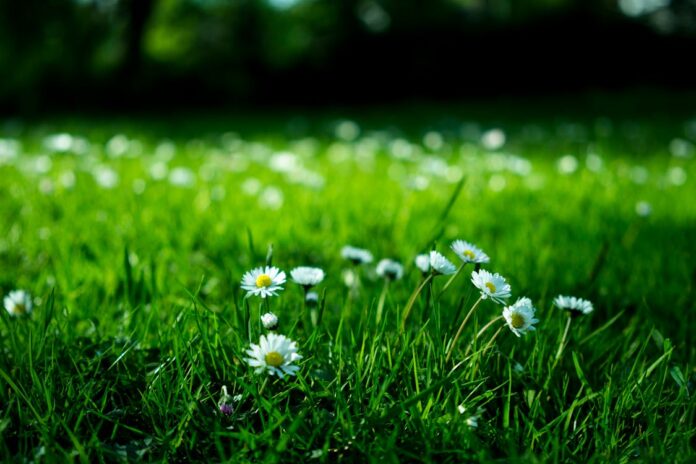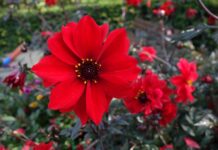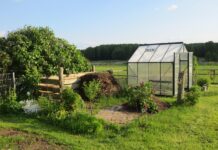Hay fever sufferers are being told to combat symptoms by creating an anti-allergy garden this bank holiday weekend.
Experts at GardenBuildingsDirect.co.uk are sharing their advice for easing symptoms ahead of warmer weather.
his comes after warnings for an early allergy season this year, with an early start for high pollen counts. Typically, hay fever season affects sufferers from late March to July.
With the weather set to start warming up over the next month, it is the perfect time for people to get ahead of their allergies and make some positive changes to their surroundings.
Expert tips include keeping your grass maintained, regular weeding, keeping high pollen plants away from windows and avoiding the garden on high pollen count days.
A spokesman for Garden Buildings Direct said: “The beginning of spring and summer brings many Brits out of their homes and into the garden. But this can be a challenging time for those suffering with hay fever.
“Although it may feel like an impossible task, there are lots of ways you can improve your garden to help keep frustrating symptoms at bay.
“There are lots of low-allergy plants which can help your garden to look colourful and inviting without causing issues for allergy sufferers.
“You should avoid wind-pollinated plants, keep weeds at bay and maintain well-mowed grass in order to feel the difference this allergy season.”
Here are Garden Buildings Direct‘s tips for anti-allergy gardening:
- Low allergy plants
Blooms like petunias, magnolias and hardy fuchsias are low-allergy plants. They offer just as much colour and beauty as other flowers but without the side effects. Sticking to insect-pollinated plants rather than wind-pollinated varieties can also help keep allergies at bay.
- Mow your grass
Make sure to cut the grass in your garden very low to inhibit seeds. If your allergies tend to flare up while cutting the grass, wear a mask or face covering to keep symptoms at bay. Maintaining well-cut grass prevents it from flowering, meaning less pollen will be released into your garden.
- Keep on top of weeds
Creeping thistle, dandelions and ragwort have all been known to cause hay fever symptoms. Keep on top of weeding to help keep allergies at bay this spring and summer.
- Plant positioning
If you have any plants with a high pollen count, make sure they are placed well away from your windows. This will help to cut down the amount of pollen travelling into your home and worsening any symptoms.
- Avoid high pollen count days
Even if you have taken the steps to make your anti-allergy garden, it is still best to avoid the garden completely on days with a high pollen count. The pollen count is usually at its highest around midday, on a sunny day when the weather is warm and there is a slight breeze.
- Time your garden trips
The pollen count tends to be at its lowest in the afternoon, so this is the best time to get out and enjoy your garden. Any longer gardening days should be limited to when it is cloudier.
Help keep news FREE for our readers
Supporting your local community newspaper/online news outlet is crucial now more than ever. If you believe in independent journalism, then consider making a valuable contribution by making a one-time or monthly donation. We operate in rural areas where providing unbiased news can be challenging. Read More About Supporting The West Wales Chronicle


























